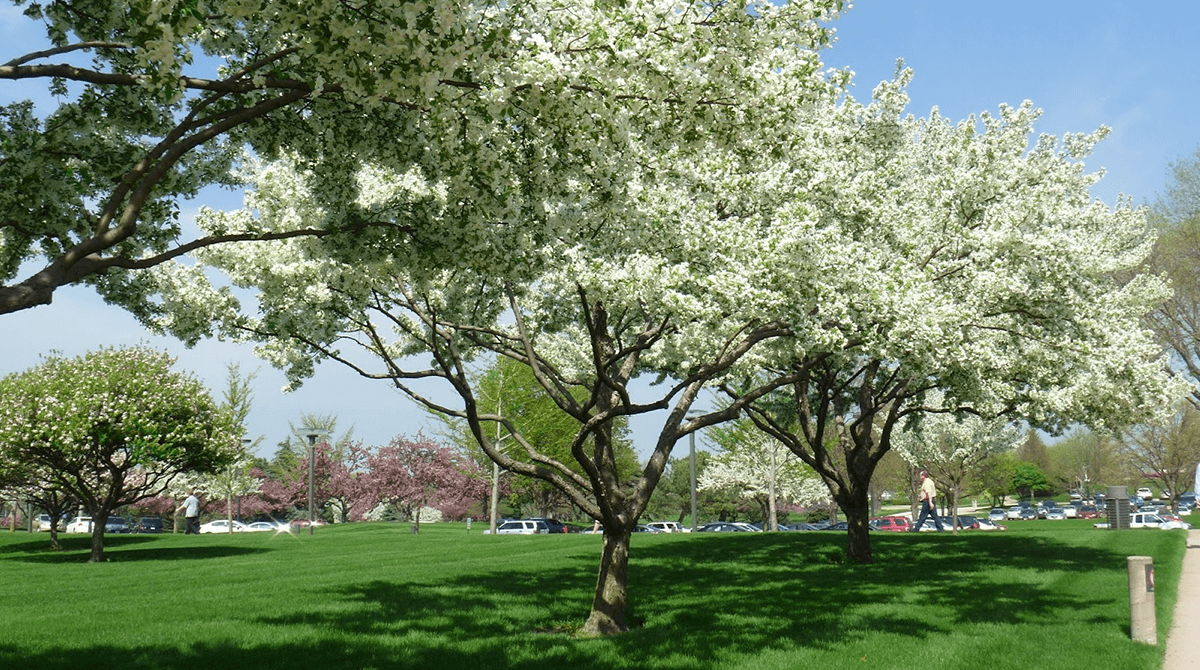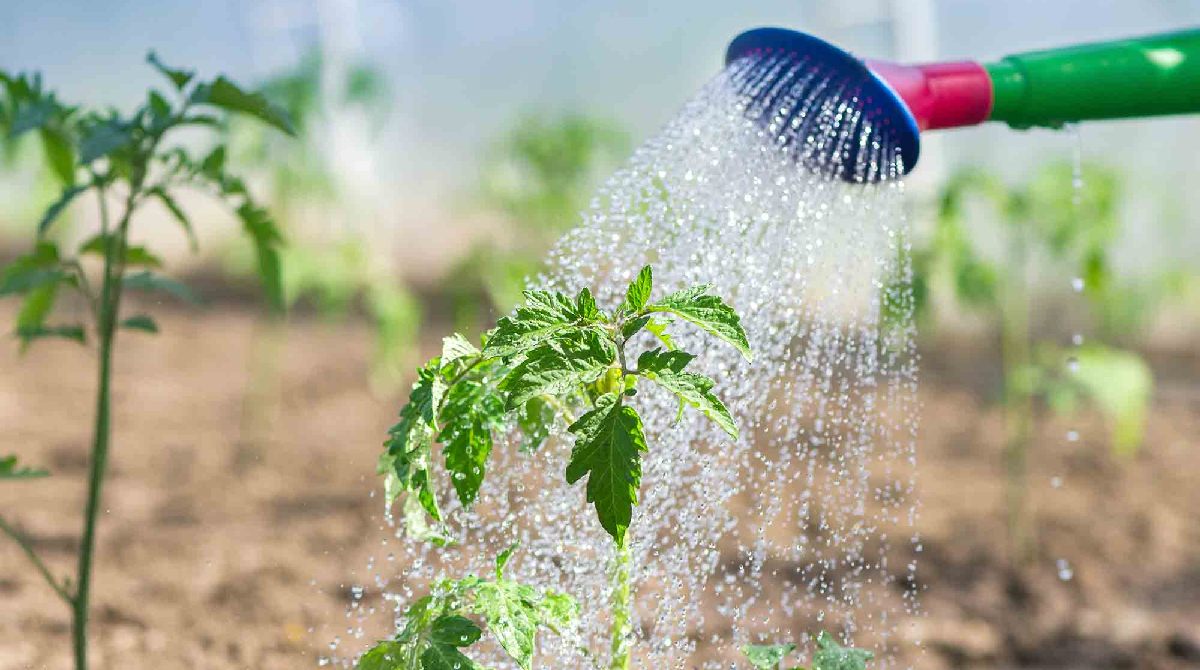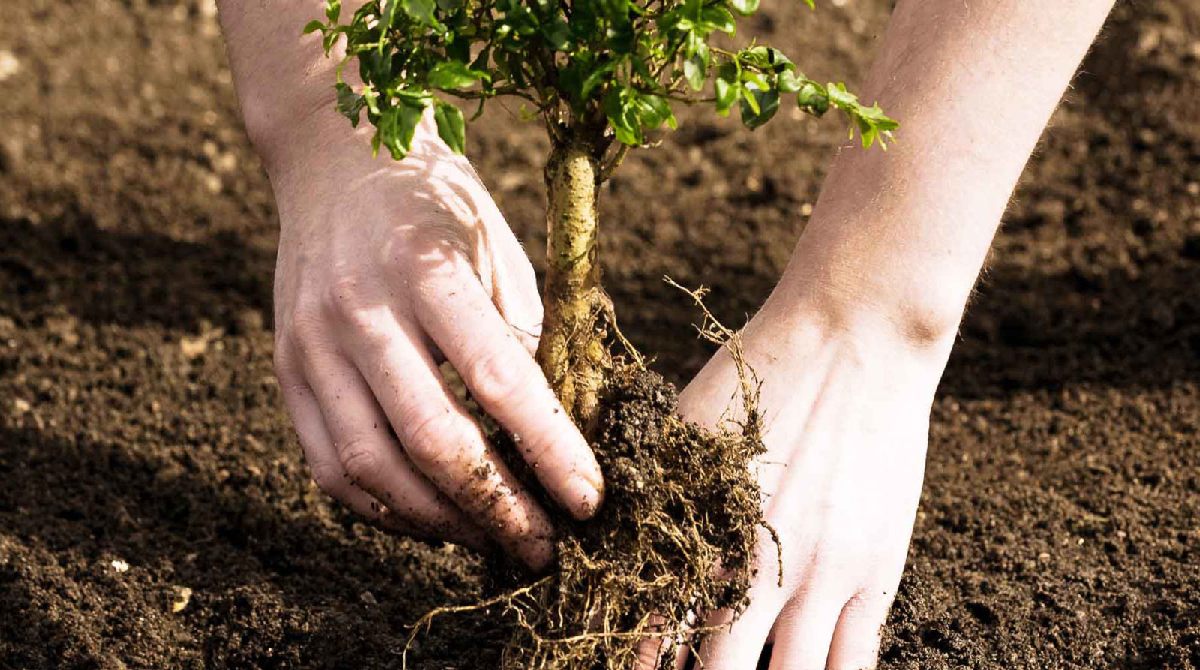
Date May 03, 2024
In the wake of severe weather, Fort Worth residents often face the daunting task of dealing with storm damage, particularly when it comes to fallen or damaged trees. Effective storm damage tree cleanup is crucial not only for the aesthetic and functional recovery of properties but also for ensuring public safety and environmental health. This article explores the essential steps and considerations involved in tree cleanup and restoration in Fort Worth, providing residents with the knowledge they need to manage the aftermath of a storm efficiently. TreeNewal is always ready to help residents of Fort Worth with their storm damage cleanup.

Understanding the Scope of Storm Damage
Before jumping into cleanup, it’s important to assess the extent of damage caused by the storm. This involves:
- Inspecting individual trees for broken limbs, split trunks, or uprooting.
- Evaluating safety hazards, such as proximity to power lines or structural damage to homes.
- Determining the health of trees post-storm to see if recovery is possible.
Immediate Steps for Storm Damage Cleanup
Immediate response actions are critical to prevent further damage and hazards:
- Clearing access paths: Ensure that all driveways and walkways are clear of debris to allow free movement and access for emergency services if needed.
- Removing debris: Safely clear smaller branches and scattered foliage that can be handled without professional help.
- Contacting professionals: For large, dangerous tree removals or those near power lines, professional tree service providers should be contacted immediately.
Professional Tree Cleanup Services
When it comes to handling major storm damage, professional tree services offer the safest and most efficient solutions:
Services Offered
- Emergency Tree Removal: Removing trees that pose immediate risks to property and personal safety.
- Branch and Limb Removal: Safely cutting and disposing of damaged branches that could fall and cause injury or further damage.
- Tree Pruning and Trimming: Addressing non-critical damage to improve tree health and aesthetics.
Choosing the Right Service Provider
- Credentials and Licensing: Ensure the service provider is licensed and insured to handle tree cleanup and removal safely.
- Experience with Storm Cleanup: Providers should have specific experience and equipment to deal with post-storm scenarios.
- Availability and Response Time: Timeliness is crucial; choose providers who offer quick response times.
Long-Term Tree Restoration and Care
After the immediate threats are managed, long-term care is crucial for the recovery of surviving trees and the overall landscape:
- Assessing Tree Health: Arborists can provide detailed health assessments to determine the best course of action for each tree.
- Restorative Pruning: Removing damaged limbs to promote healthy growth and restore the tree’s natural form.
- Disease Management: Monitoring and treating storm-damaged trees to prevent or control disease outbreaks exacerbated by tree wounds.
- Support and Stabilization: Installing supports for weakened trees to prevent further damage as they recover.
Preventative Measures for Future Storms
Preventative maintenance can significantly reduce the impact of future storms:
- Regular Pruning: Keeping trees properly pruned to minimize wind resistance and reduce potential storm damage.
- Tree Health Checks: Regular check-ups by certified arborists to ensure trees are healthy, which makes them more resilient in adverse weather conditions.
- Strategic Tree Planting: Planting new trees in locations where they are less likely to cause damage if they fall.
Community Involvement and Awareness
Enhancing community readiness and response to storm events involves:
- Educational Programs: Informing residents about how to care for trees and prepare them for storms.
- Collaboration with Local Authorities: Working together to clear public spaces quickly and safely.
- Volunteer Groups: Organizing volunteer groups to assist in cleanup efforts, particularly in public areas and for the elderly or disabled.
Conclusion
Storm damage tree cleanup and restoration in Fort Worth is a multifaceted process that requires immediate action, professional intervention, and long-term care strategies. By understanding the steps involved and the importance of professional assistance, residents can effectively manage storm aftermath, ensuring their safety and the swift recovery of their landscapes. Engaging with reputable professionals like those at TreeNewal, who have extensive experience in storm damage cleanup in the Dallas and Fort Worth Metroplex since 2017, ensures that restoration efforts are thorough, safe, and
effective. Reach out to TreeNewal for expert storm damage cleanup and restoration services, and take proactive steps to safeguard your property and community in Fort Worth against future storms.
For Fort Worth residents facing the aftermath of severe weather, effective storm damage tree cleanup is crucial for safety and landscape recovery. TreeNewal, serving the Dallas and Fort Worth Metroplex since 2017, offers expert cleanup and restoration services tailored to your needs. From emergency tree removal to long-term care, TreeNewal ensures a rapid and thorough response to storm damage, helping you restore safety and beauty to your property. Contact TreeNewal today to protect and rejuvenate your landscape following storm damage in Fort Worth.








